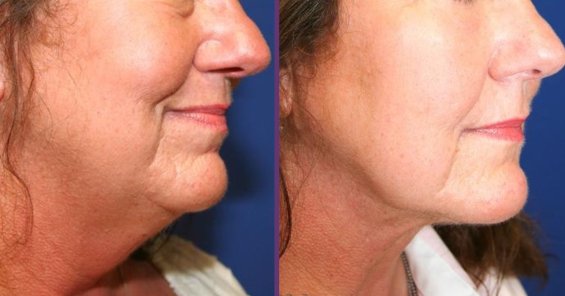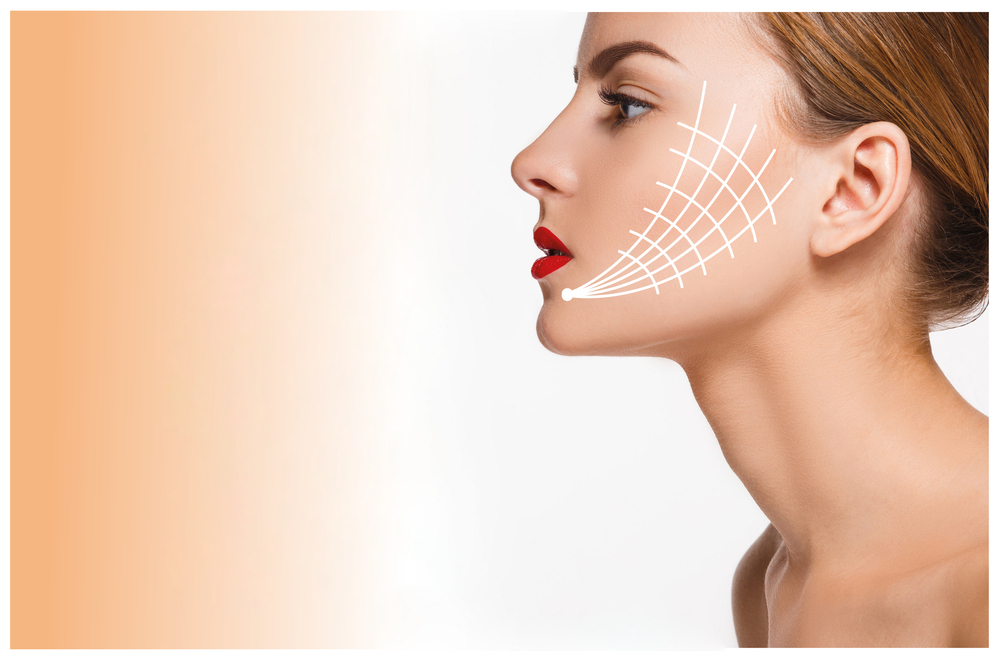
A facelift scar is a normal and natural outcome of surgery. These scars will not be noticeable and will look great on your face. There are many treatment options. Fillers, Botox and other treatments are some of the options. Getting a face lift is a great way to improve the appearance of your face and improve your confidence.
Incisions in the ear
The incisions used for neck or face lifts are often located posteriorly behind the ears, at the occipital hairline. These scars are invisible unless you are looking directly at them. The scars can also be hidden in routine close-up images of the ears.
The placement of the facelift incisions is crucial for the final results and to hide the scars. For the best results, surgeons place their incisions behind your ear. Although less prominent than the others, these scars are most often noticeable. Dr. Jacono employs a new technique that conceals the incision under the tragus, which is located inside the ear. This technique allows Dr. Jacono to conceal his incision and reduce the signs of ageing.

Placement of stitches
The order of the stitches used to repair scars from facelifts can vary depending on how large the scar is, the shape of the scar, and the length of the wound. The first stitch should be placed halfway between the wound's corners, and the midline. A second stitch should be placed on each side. Bisecting stitches may also be placed to close the wound, but the first two should not overlap.
Most facelift sutures are ultra-fine. This minimizes scarring. The sutures are tightened around the fat layer and the underlying muscles. This pull can cause the stitches to pull. But, the body can repair and regenerate skin cells, so it's unlikely that a suture will cause permanent damage.
Scarring is not noticeable
The question of inconspicuousness of face lift scars is one that many patients ask after undergoing the procedure. Patients want a natural looking neckline and jawline. However, they don't want visible scarring. Though all incisions may leave scarring, properly executed and planned surgeries will make them as discreet as possible. Facelifts often require long incisions around the ears and hairline. Proper placement of incisions can provide a natural look, which is what facelift patients want.
Scars tend to be brighter and more prominent when they are first formed. This can lead to some disorientation in the initial weeks following surgery. Most scars fade over time. In certain cases, some may even disappear completely. Every person heals at their own pace, so there is no set time or standard for scarring.

Treatments available
A facelift procedure can produce many different results. Face lifts can improve the appearance and texture of deep wrinkles, jowls, skin laxity, and facial muscle tightening. A forehead lift or blepharoplasty can also be beneficial to treat signs of aging around your eyes and brows.
You can reduce the visibility of your scars after a facelift by using silicone sheeting. You can purchase silicone sheeting at your local grocery or over the counter. This type is good for increasing blood circulation and breaking down skin adhesions. It promotes collagen production and supports healthy healing of the incisions. However, silicone sheeting must be worn for several months.